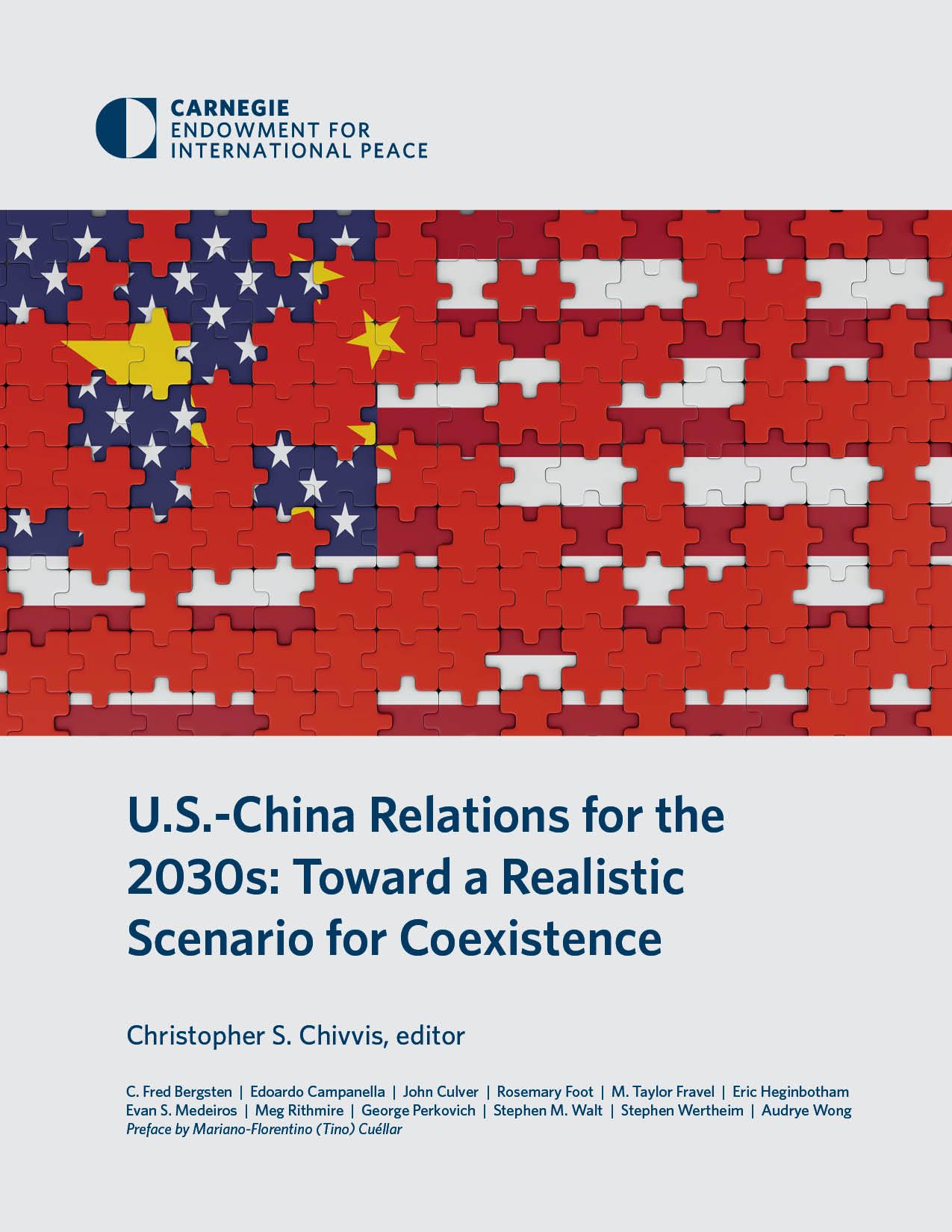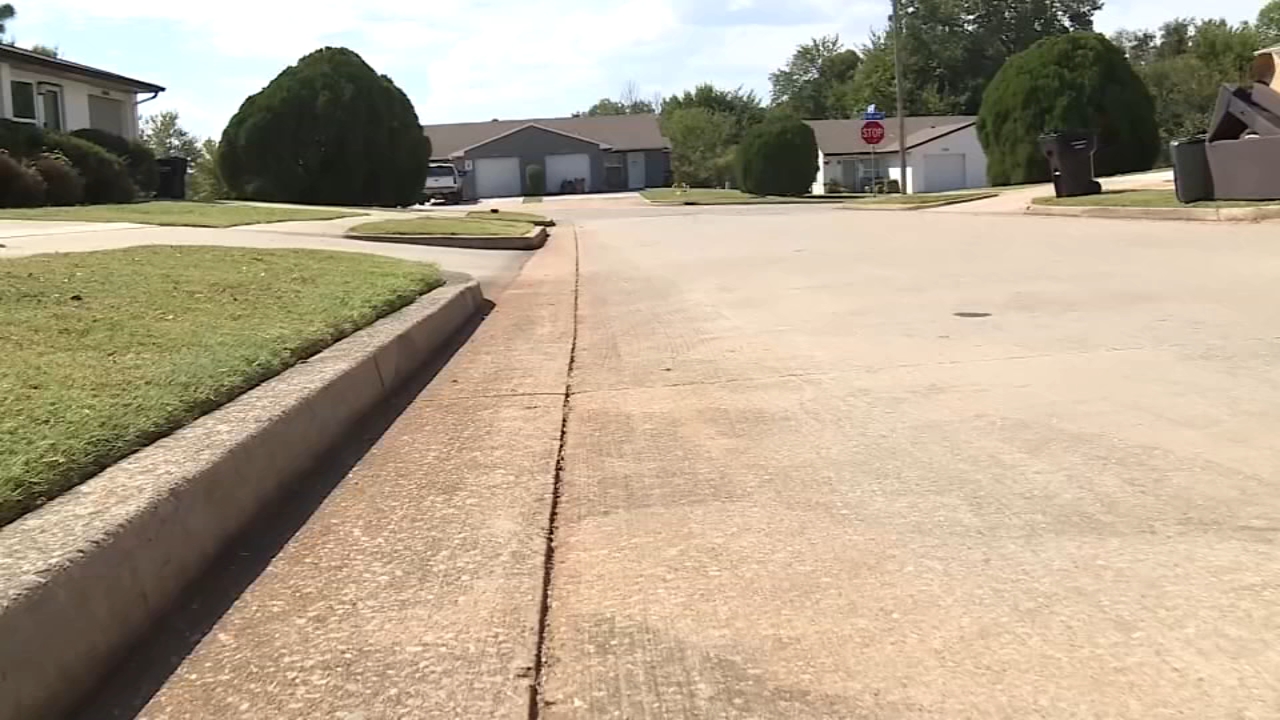Report on Regional Instability in the Former Yugoslavia and its Impact on Sustainable Development Goals
The Kosovo Crisis: A Setback for Peace and Institutional Stability
During the late 1990s, the province of Kosovo experienced a severe deterioration in conditions that posed a significant threat to regional stability and undermined progress toward several Sustainable Development Goals (SDGs). The crisis represented a critical failure in achieving SDG 16 (Peace, Justice and Strong Institutions).
- Erosion of Autonomy and Nonviolent Protest: Following the 1989 loss of provincial autonomy, Kosovar Albanian leader Ibrahim Rugova initiated a policy of nonviolent protest. The failure of the international community to address these grievances peacefully led to the radicalization of opposition movements.
- Rise of Armed Conflict: The Kosovo Liberation Army (KLA) emerged in 1996, escalating attacks against Serbian authorities. By 1998, this had evolved into a major armed uprising, representing a complete breakdown of peaceful conflict resolution mechanisms central to SDG 16.
Humanitarian Consequences and Contradiction of Development Goals
The Serbian military response to the uprising resulted in a profound humanitarian crisis, directly contravening core principles of the SDGs.
- SDG 11 (Sustainable Cities and Communities): The military campaign led to the destruction of over 500 villages, dismantling community structures and infrastructure.
- SDG 3 (Good Health and Well-being) & SDG 1 (No Poverty): An estimated 10,000 civilians were killed, and approximately 200,000 refugees were created, leading to a severe public health crisis and widespread displacement and poverty.
A major offensive launched in February 1999 exacerbated this humanitarian disaster.
International Intervention and Partnerships for Peace (SDG 17)
Diplomatic Failure and Military Response
In an application of SDG 17 (Partnerships for the Goals), the international community convened negotiations in Rambouillet, France, to resolve the crisis. The breakdown of these talks was followed by NATO air strikes against Serbian military and infrastructure targets in March 1999. The immediate Serbian response was a counter-action that drove nearly 900,000 Kosovar Albanian refugees into neighboring countries, further undermining SDG 10 (Reduced Inequalities) and regional stability.
Peace Agreement and UN Administration
In June 1999, a peace proposal mediated by representatives from Russia and Finland was accepted by the Yugoslav government. The subsequent actions were aimed at rebuilding the foundations for SDG 16:
- Yugoslav federal troops evacuated the region.
- Displaced Kosovar Albanians returned to the province.
- United Nations peacekeeping forces were deployed, and the region was placed under UN administration to restore order and establish functional institutions.
State Restructuring and the Path to Independence
The Federation of Serbia and Montenegro
In the late 1990s, a secessionist movement in Montenegro gained momentum, threatening further political fragmentation. The European Union, acting under the principles of SDG 17, intervened to prevent renewed instability. In 2002, EU foreign minister Javier Solana brokered an agreement to maintain the federation under a new structure.
- The country was renamed “Serbia and Montenegro” in 2003, forming a loose federation.
- The agreement granted the republics significant autonomy while maintaining joint jurisdiction over defense and foreign policy.
- Crucially, the pact allowed either republic to hold a referendum on independence after three years, providing a peaceful path to self-determination in line with the principles of SDG 16.
Final Dissolution
In the spring of 2006, Montenegro held a referendum that resulted in a vote for independence. The federation was formally dissolved on June 3, 2006, concluding a period of intense conflict and political restructuring and establishing two sovereign nations tasked with pursuing their own sustainable development paths.
Analysis of SDGs, Targets, and Indicators
1. Which SDGs are addressed or connected to the issues highlighted in the article?
-
SDG 16: Peace, Justice and Strong Institutions
This is the most relevant SDG as the article’s central theme is the breakdown of peace and the subsequent efforts to restore it. The text details an armed uprising, military conflict, atrocities against civilians, political instability, and international interventions aimed at establishing peace and governance, all of which are core components of SDG 16.
-
SDG 11: Sustainable Cities and Communities
The article describes the direct impact of the conflict on human settlements. The “destruction of over 500 villages” and the mass displacement of nearly 1.1 million people represent a catastrophic failure to maintain safe and resilient communities, which is a key objective of SDG 11.
-
SDG 17: Partnerships for the Goals
The article highlights the crucial role of international cooperation in addressing the crisis. The involvement of NATO, the United Nations, the European Union, Russia, and Finland in negotiations, military intervention, peacekeeping, and diplomacy demonstrates the multi-stakeholder partnerships necessary to resolve conflicts and work towards sustainable development, as outlined in SDG 17.
2. What specific targets under those SDGs can be identified based on the article’s content?
-
SDG 16: Peace, Justice and Strong Institutions
-
Target 16.1: Significantly reduce all forms of violence and related death rates everywhere.
The article directly addresses this target by describing the escalation of violence from “sporadic attacks” to a “substantial armed uprising” and a “major offensive,” which resulted in the “killing of an estimated 10,000 civilians.”
-
Target 16.3: Promote the rule of law at the national and international levels and ensure equal access to justice for all.
The conflict was rooted in the “loss of provincial autonomy” for Kosovar Albanians and the failure of “nonviolent protest,” indicating a breakdown of the rule of law and access to justice, which led radical opponents to believe that “changes they demanded could not be secured by peaceful means.”
-
Target 16.A: Strengthen relevant national institutions, including through international cooperation, to build capacity at all levels… to prevent violence.
The international community’s response, including NATO air strikes, peace mediation by Russia and Finland, and the deployment of “UN peacekeeping forces,” illustrates international cooperation aimed at stopping violence and establishing a new administrative structure under the UN to build capacity for peace.
-
Target 16.1: Significantly reduce all forms of violence and related death rates everywhere.
-
SDG 11: Sustainable Cities and Communities
-
Target 11.5: By 2030, significantly reduce the number of deaths and the number of people affected… caused by disasters… with a focus on protecting the poor and people in vulnerable situations.
The armed conflict described in the article functions as a man-made disaster. The text provides figures for its impact: “killing of an estimated 10,000 civilians,” the “destruction of over 500 villages,” and the displacement of “some 200,000 refugees” initially, followed by “nearly 900,000 refugees” later.
-
Target 11.5: By 2030, significantly reduce the number of deaths and the number of people affected… caused by disasters… with a focus on protecting the poor and people in vulnerable situations.
-
SDG 17: Partnerships for the Goals
-
Target 17.16: Enhance the Global Partnership for Sustainable Development, complemented by multi-stakeholder partnerships.
The article details a complex web of international partnerships attempting to manage the crisis. This includes negotiations in Rambouillet, the military actions of NATO, peace proposals “mediated by representatives from Russia and Finland,” the deployment of “UN peacekeeping forces,” and diplomatic efforts by the EU’s foreign minister to “forestall the plebiscite” in Montenegro.
-
Target 17.16: Enhance the Global Partnership for Sustainable Development, complemented by multi-stakeholder partnerships.
3. Are there any indicators mentioned or implied in the article that can be used to measure progress towards the identified targets?
-
For SDG 16 Targets:
- Indicator 16.1.2 (Conflict-related deaths per 100,000 population): The article provides a direct data point for this indicator by stating there was an “estimated 10,000 civilians” killed during the Serbian military effort.
- Implied Indicator (Presence of peacekeeping forces): The statement that “UN peacekeeping forces were deployed to the region” serves as an indicator for Target 16.A, measuring the implementation of international cooperation to prevent violence.
-
For SDG 11 Targets:
- Indicator 11.5.1 (Number of deaths… and directly affected persons attributed to disasters per 100,000 population): The article provides data for this indicator, including the “10,000 civilians” killed and the total number of displaced persons (“200,000 refugees” plus “nearly 900,000 refugees”).
- Implied Indicator (Destruction of housing): The mention of the “destruction of over 500 villages” is a clear, quantifiable indicator of the damage to human settlements and infrastructure.
-
For SDG 17 Targets:
- Implied Indicator (Number of multi-stakeholder partnerships): The article implicitly points to this indicator by naming the various international actors involved in partnership efforts: NATO, the UN, the EU, Russia, and Finland. The existence of these collaborative diplomatic and military efforts serves as a measure of global partnership in action.
4. Summary Table of Findings
| SDGs, Targets and Indicators | ||
|---|---|---|
| SDGs | Targets | Indicators |
| SDG 16: Peace, Justice and Strong Institutions |
16.1: Reduce all forms of violence and related death rates.
16.3: Promote the rule of law and ensure equal access to justice. 16.A: Strengthen institutions through international cooperation to prevent violence. |
– Number of conflict-related deaths (mentioned as “an estimated 10,000 civilians” killed).
– Breakdown of nonviolent protest and loss of autonomy, leading to armed uprising. – Deployment of UN peacekeeping forces. |
| SDG 11: Sustainable Cities and Communities | 11.5: Reduce deaths, number of people affected, and economic losses from disasters. |
– Number of deaths (10,000 civilians). – Number of people affected (200,000 + 900,000 refugees). – Destruction of housing/settlements (“destruction of over 500 villages”). |
| SDG 17: Partnerships for the Goals | 17.16: Enhance the Global Partnership for Sustainable Development. | – Existence of multi-stakeholder partnerships for peace and diplomacy (NATO, UN, EU, Russia, Finland). |
Source: britannica.com







